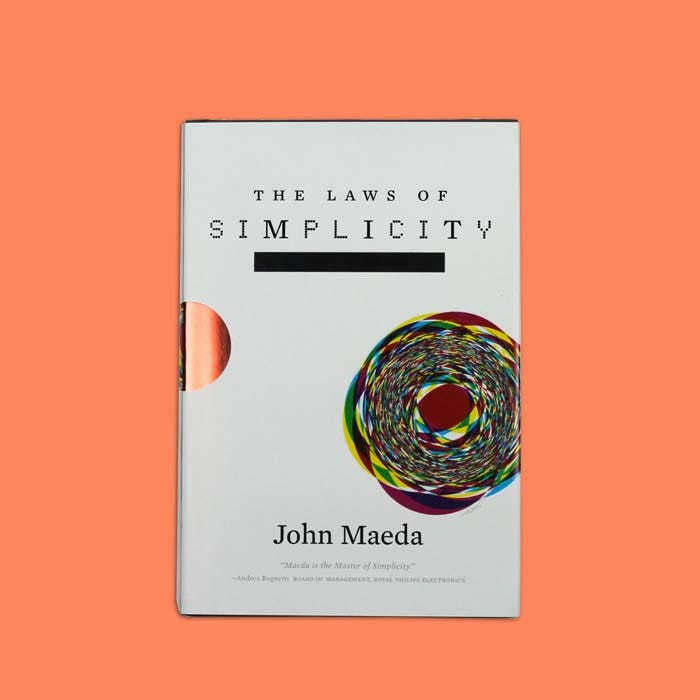Issue 13: A brief history of life by AI
New section about the neural networks creativity; 80 types of graphs and charts overview; How to create effective bread crumbs in the mobile version and sooo much more!

Hello, dear readers! 👋
In this issue, among other things:
New section about the neural networks creativity
80 types of graphs and charts overview
The role of neural networks in the modern design process
How to create effective bread crumbs in the mobile version
What tools do large product teams use?
500 examples of vintage typography and symbols
The past and future of the universe through the eyes of a neural network
Metaverse glossary
Quotes from "The Laws of Simplicity" book by John Maeda
Enjoy reading!
📚 Book quotes
This week I chose quotes from John Maeda's book called "The Laws of Simplicity"
Simplicity is about subtracting the obvious and adding the meaningful.
What they signified was precious, but what they were was not.
The best designers in the world all squint when they look at something. They squint to see the forest from the trees-to find the right balance. Squint at the world. You will see more, by seeing less.
The practice of education is the highest form of intellectual philanthropy.
In the martial art of Karate, for instance, the symbol of pride for a black belt is to wear it long enough such that the die fades to white as to symbolize returning to the beginner state.
The best art makes your head spin with questions. Perhaps this is the fundamental distinction between pure art and pure design. While great art makes you wonder, great design makes things clear.
When a small, unassuming object exceeds our expectations, we are not only surprised but pleased. Our usual reaction is something like, "That little thing did all that?" Simplicity is about the unexpected pleasure derived from what is likely to be insignificant and would otherwise go unnoticed. The smaller the object, the more forgiving we can be when it misbehaves.
If the forest were covered with ten times the number of blue markers I had seen on my hike, the probability of my getting lost would certainly be reduced. One could imagine the markers organized in a more symbolic shape—say a real arrow, instead of a cryptic linear marker. And if we wish to go that far, why not just paint the more explicit text, "This way," on the rocks in 100-point Helvetica so there's no ambiguity whatsoever? Yet at some point, with the successive addition of more sophisticated elements, the true value of the untainted forest suddenly vanishes.
The tabular form of viewing data is by no means rocket science, but it is a rare sort of visual magic that always works.
The simplest way to achieve simplicity is through thoughtful reduction.
🗞 News and articles
Machine Learning: Are designers even needed anymore?
A large article about the role of neural networks in modern design processes. The authors talk about how we will have to rethink the role of the designer in the future, how AI helps automate processes for designers and large companies today, and how a person and a neural network can work together on creative projects.
In parallel with the reasoning, the authors talk about their own case — the identity of a carbonated drink, which they created using the GLID-3 neural network.
Machine Learning: Are designers even needed anymore?
80 types of charts & graphs for data visualization
The Datylon data visualization platform team has done an overview of 80 types of graphs and charts with illustrative examples and explanations. They also divided them into 6 large categories according to the type of application: comparison, correlation, hierarchy, time data, distribution, geospatial diagrams + the rest.
80 types of charts & graphs for data visualization (with examples)
Badge UI design exploration — Tips & tricks, usability, and use cases review
Roman Kamushken meticulously analyzes all the nuances of badges in interfaces. What it is, when and where to use it, how to draw.






